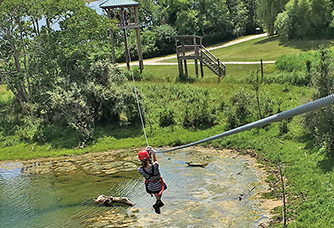Earth is home to a huge variety of animals, from giant rhinos to tiny winged insects. But more than 8,000 species are endangered and could become extinct. Unfortunately, humans are their biggest problem. People hunt animals for food and body parts and destroy their habitats to build roads, farms, and homes.
The good news is many people are also trying to help animals. They’re moving them to protected areas, breeding them, and bringing back their habitats. Read on to meet five animals that people have rescued from almost dying out. With a little help from humans, these endangered populations have bounced back.

